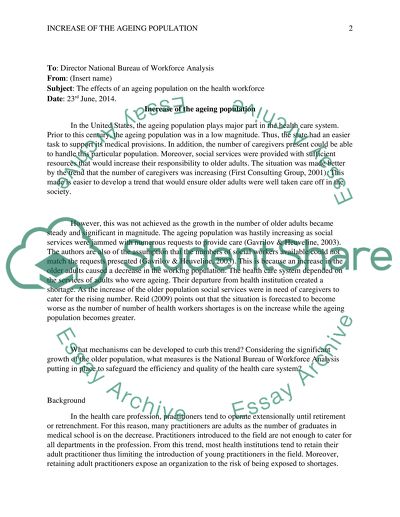Cite this document
(“Health Policy Analysis Memorandum Term Paper Example | Topics and Well Written Essays - 1250 words”, n.d.)
Health Policy Analysis Memorandum Term Paper Example | Topics and Well Written Essays - 1250 words. Retrieved from https://studentshare.org/health-sciences-medicine/1650701-health-policy-analysis-memorandum
Health Policy Analysis Memorandum Term Paper Example | Topics and Well Written Essays - 1250 words. Retrieved from https://studentshare.org/health-sciences-medicine/1650701-health-policy-analysis-memorandum
(Health Policy Analysis Memorandum Term Paper Example | Topics and Well Written Essays - 1250 Words)
Health Policy Analysis Memorandum Term Paper Example | Topics and Well Written Essays - 1250 Words. https://studentshare.org/health-sciences-medicine/1650701-health-policy-analysis-memorandum.
Health Policy Analysis Memorandum Term Paper Example | Topics and Well Written Essays - 1250 Words. https://studentshare.org/health-sciences-medicine/1650701-health-policy-analysis-memorandum.
“Health Policy Analysis Memorandum Term Paper Example | Topics and Well Written Essays - 1250 Words”, n.d. https://studentshare.org/health-sciences-medicine/1650701-health-policy-analysis-memorandum.


